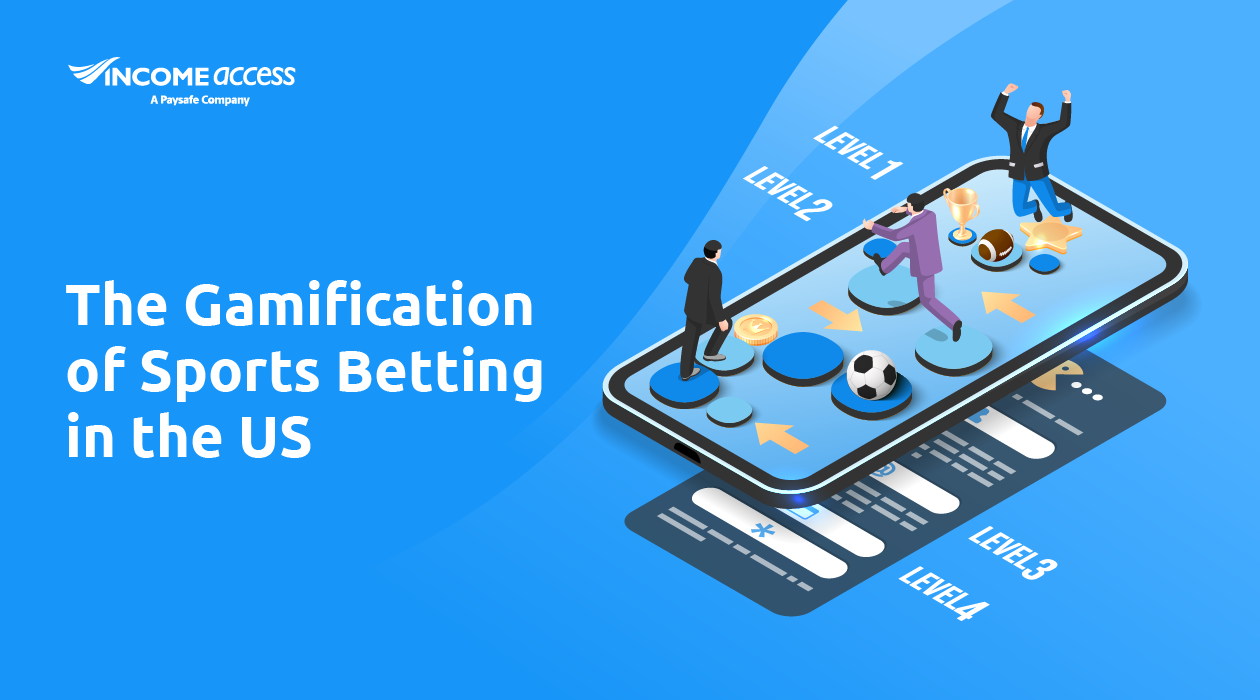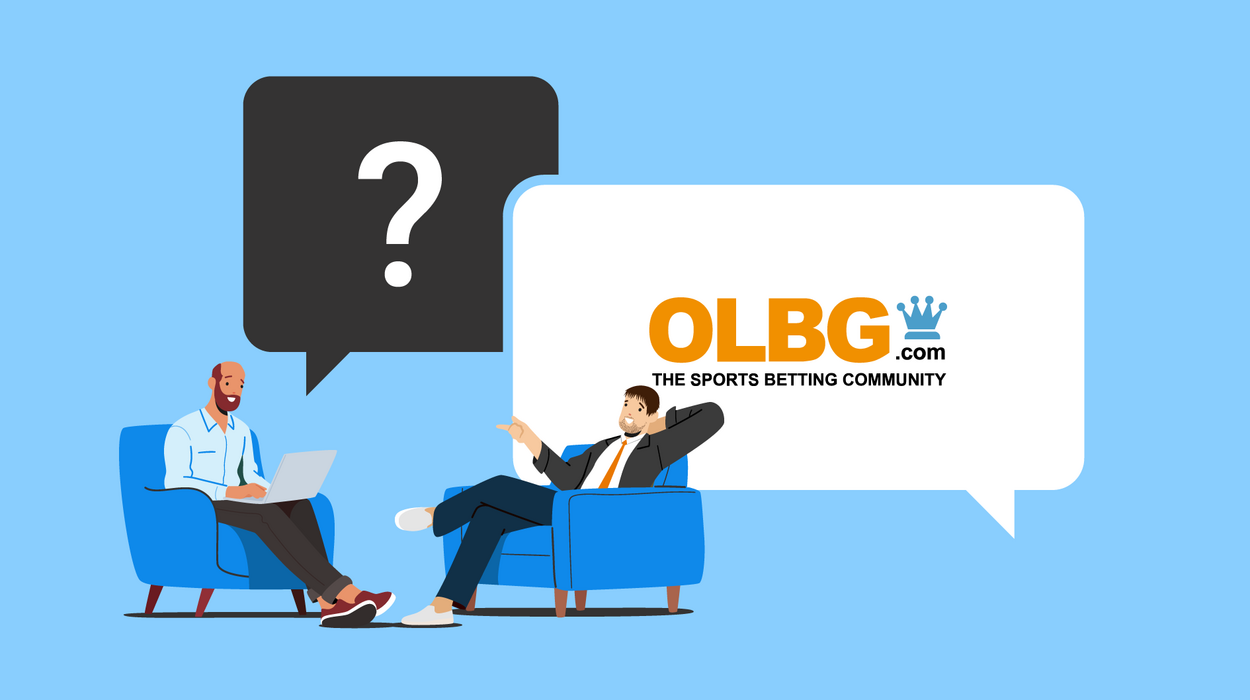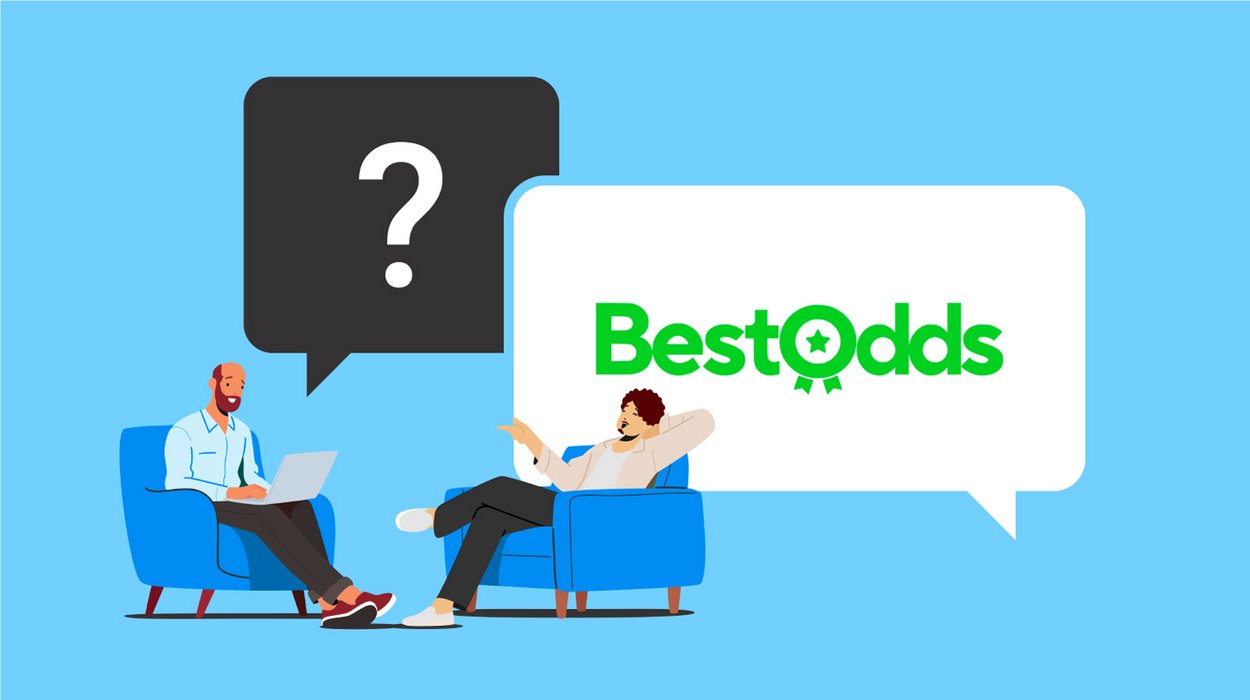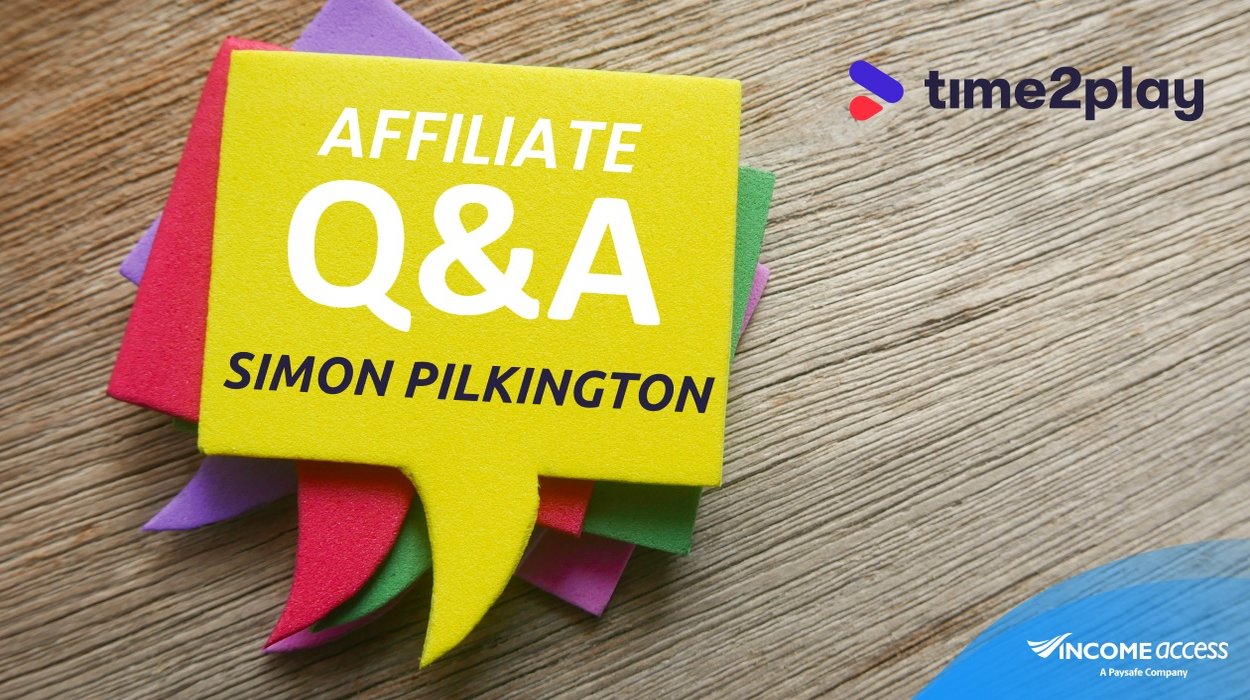
As sports betting continues to become regulated throughout the United States, operators are going to need to find a variety of ways to engage with users and ensure player loyalty. Users are currently being bombarded with ads for a variety of brands to bet on, but what will allow those brands to stand out? They all offer sports betting on popular North American sports (NFL, NBA, MLB, NHL, etc.) and a variety of similar features, so operators need to continue innovating and finding new methods to attract users.
Where can operators turn to differentiate themselves then? Well, gamification has become a massive topic in the sports betting world recently, as a unique way to keep users entertained in the marketing world. More and more sports betting operators are using this concept successfully, but firstly, what is gamification exactly?
Read More: How Current Data Can Help Us Understand the Future of Responsible Gambling
What is Gamification?
Gamification is used across a variety of marketing strategies today, but it boils down to a simple concept. Anytime game mechanics are added into a non-game environment, that counts as gamification.
For example, take an activity tracking app. A commonly used element for this kind of app is to have users compete for a shared goal like most steps walked. When the app has a leaderboard to show progress on this, that's a clear case of gamification. The competitive aspect of games in the app encourages users to return and see how they stack up against their friends, on top of using the app for their exercise needs.
How Do You Gamify a Betting Site?
Now that we’ve covered how gamification works generally, how can brands use gamification within the sports betting market in the US? As with many of these concepts, it all starts with your audience. Before breaking down how to gamify your service, it’s important to have a good understanding of who your players are to determine what kind of gamification elements to include. If you brand is focused on social interaction with users, adding gamification with a social focus would be beneficial.
The goal here is to make sports betting more dynamic for users and less intimidating for inexperienced players.
For example, BetBull allows users to gain followers when placing bets and shows how many people have made the same bet. Users can also join a chat with other players who have made the same bet. Gamification is valuable for creating a wider community of users who will connect and ideally continue returning to the platform to bet, engage with peers and interact with the gamified elements.
Hall of Fame Athlete out to Change the Game
NBA Legend Kevin Garnett is a big believer in gamification and recently helped launch Gaming Society, a fan-centric platform for betting and gaming. Garnett and his team intend to make sports betting simple by providing engaging games and contests for fans to show off their sports knowledge. Their company feels as though sports betting has a significant barrier to entry with users who are scared off by its complexity.Speaking with Forbes, Garnett said “the difficulty of (sports betting) and how high the entry point is—it just has to be simplified.” With that in mind, one of Gaming Society’s most exciting ideas is their “Betting Academy”, which is a gamified masterclass and simulated betting experience. This experience is led by experts and athletes who teach users how to bet responsibly without using real money and help understand all the complex lingo that comes with sports betting.
What’s Next?
Gamification isn’t going away and will likely be a major part of the American sports betting market for the foreseeable future.
Operators need to look at booting up their own version of gamification, as it’s a surefire way to improve customer experience and engagement. It can also be used to attract new players who want to compete, learn or play with similar fans.
The key for operators will be to determine what element(s) of gamification will work best for them. We’ve outlined a few examples here, with one operator looking to educate users on sports betting in the US and the other looking to connect them by their mutual bets. As usual, there’s no one size fits all solution, so understanding your audience and tailoring your gamification strategy around them is optimal.


